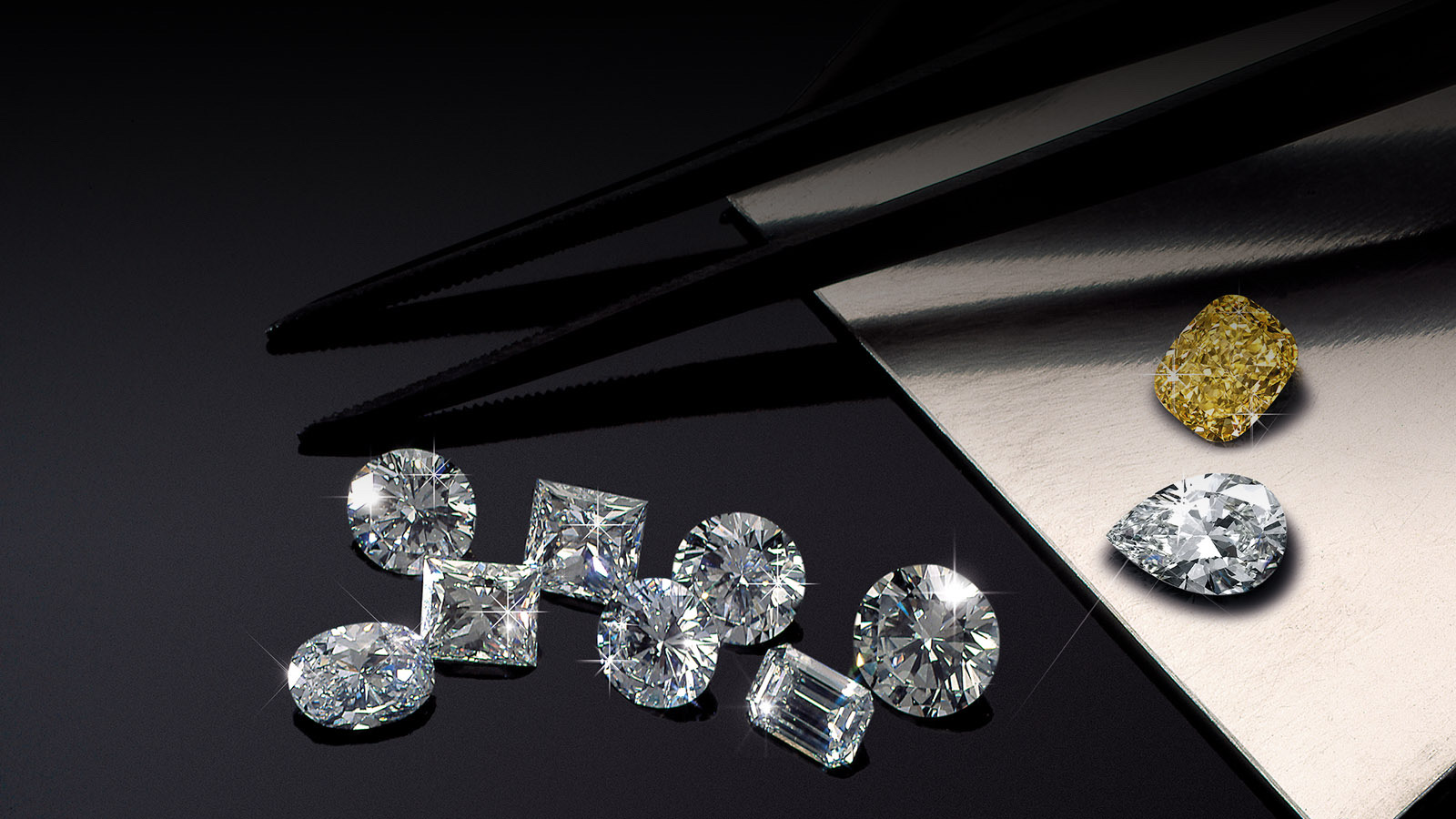
Lab Grown Vs Natural Diamonds FAQ’s
As you’ve researched diamonds, you may have seen information about lab-grown diamonds versus naturally mined diamonds. Some people may refer to lab-grown diamonds as fake diamonds, imitations, or simulants; but this is incorrect. Lab-grown diamonds are chemically and physically the same as natural diamonds produced by the geological processes of Mother Nature.
Overall, neither diamond is “better.” They are not in competition with one another. What matters is the significance you put on your diamond and what it means to you.
Just like no two couples are alike, no two diamonds are alike. This is true for both lab-grown diamonds and natural diamonds. When considering the similarities and differences between lab-grown and naturally-grown diamonds, you won’t find many distinctions that are visible to the naked eye, unless you’re a gemologist. The only difference between lab-grown diamonds and natural diamonds is their origins.
Unlike mined diamonds, lab created diamonds do not cause pollution of air or water. Lab grown diamonds or eco-friendly diamonds are created in small diamond growing chambers inside safe laboratories. They produce close to negligent amount of waste.
While naturally formed diamonds required 1 million to 3 million years to form, lab diamonds need as little as 6 weeks to grow. Thanks to advanced technology, lab diamonds can be crafted and enter the market much faster than their natural counterparts.
Any lab diamond you buy should absolutely be certified. A certified diamond comes with a report from a diamond lab that details valuable information about the diamond, such as its 4 C’s, proportions, and fluorescence. This way, you can know exactly the type of diamond you are looking at and understand if it has the characteristics you most desire in a diamond, such as an excellent cut grade. Certificates for lab grown diamonds are also important because it prevents jewelers from inflating grades, which could have made you pay much more than what the diamond is worth. Always make sure that your lab grown diamond has a certificate from a reputable lab such as the IGI.
Simply said, most likely not. There is a distinction between a jeweler and a gemologist. Jewelers usually readily have microscopes and loupes on-hand. Those two tools are insufficient to look closely and conduct tests to tell the difference between lab grown vs. natural diamonds. The best way to know the difference is by comparing authentication certificates or asking a gemologist/certified lab.
Unlike mined diamonds, lab created diamonds do not cause pollution of air or water.Lab grown diamonds, or eco-friendly diamonds, are created in small diamond growing chambers inside safe laboratories. They produce close to zero amount of waste.
While naturally formed diamonds require 1 million to 3 million years to form, lab diamonds need as little as 6 weeks to grow. Thanks to advanced technology, lab diamonds can be crafted and enter the market much faster than their natural counterparts.
Any lab diamond you buy should absolutely be certified. A certified diamond comes with a report from a diamond lab that details valuable information about the diamond, such as its 4 C’s, proportions, and fluorescence. This way, you can know exactly the type of diamond you are looking at and understand if it has the characteristics you most desire in a diamond, such as an excellent cut grade. Certificates for lab grown diamonds are also important because it prevents jewelers from inflating grades, which could have made you pay much more than what the diamond is worth. Always make sure that your lab grown diamond has a certificate from a reputable lab such as the IGI.
Simply said, most likely not. There is a distinction between a jeweler and a gemologist. Jewelers usually readily have microscopes and loupes on-hand. Those two tools are insufficient to look closely and conduct tests to tell the difference between lab grown vs. natural diamonds. The best way to know the difference is by comparing authentication certificates or asking a gemologist/certified lab.
Lab diamonds can cost 30-40% less than natural diamonds of comparable size and quality. Considering that more work and natural resources go into delivering that organic diamond to your doorstep than the lab-created one, it’s not all that surprising.
One of the most important differentiators between a lab-grown diamond vs. a natural diamond is that lab-grown diamonds have little resale value. Organic diamonds, on the other hand, typically retain value and can be sold years later if you so desire.
Naturally-formed, organic diamonds and lab-created diamonds are chemically exactly the same. Whatever type of diamond you decide to purchase, we recommend seeing it in person at a quality diamond shop before you buy — and picking the gem that speaks to you personally.
